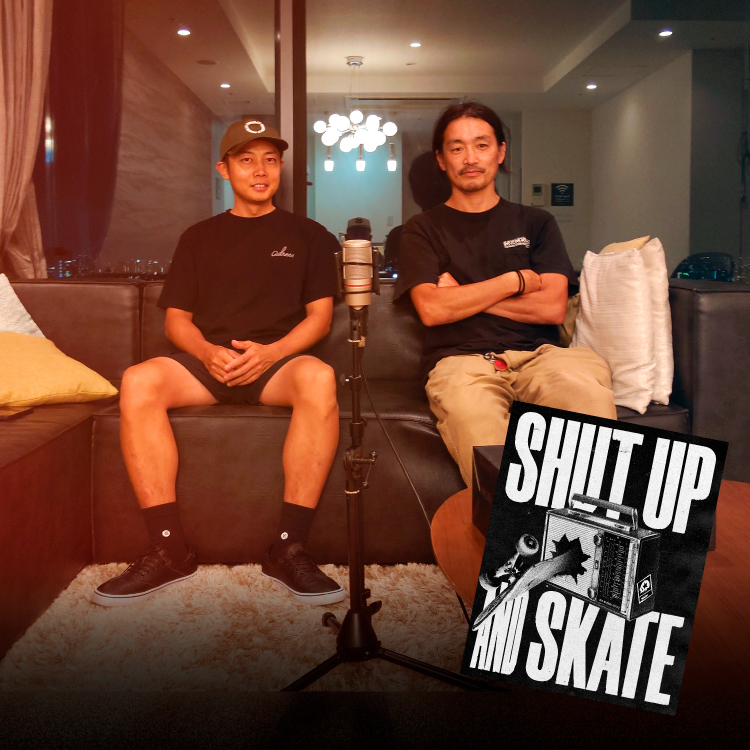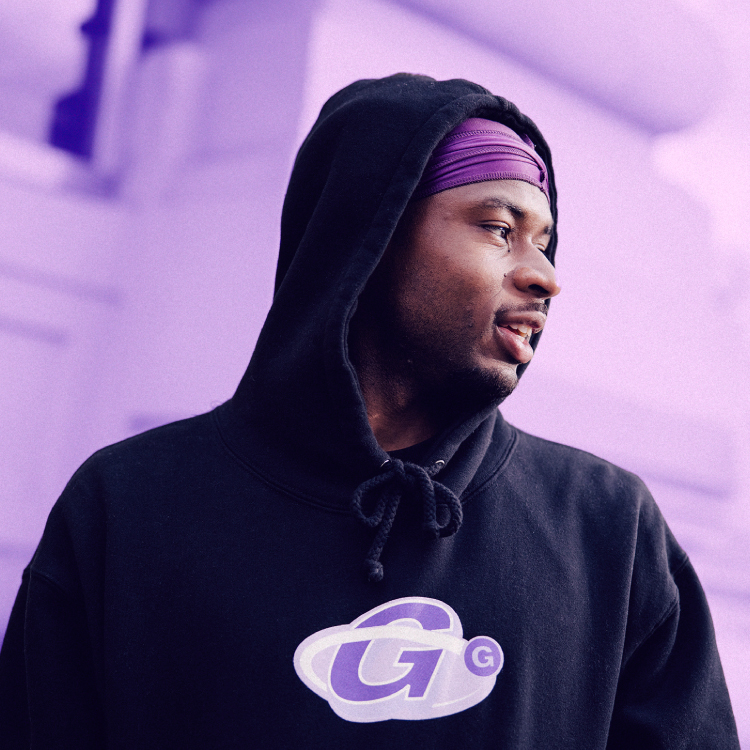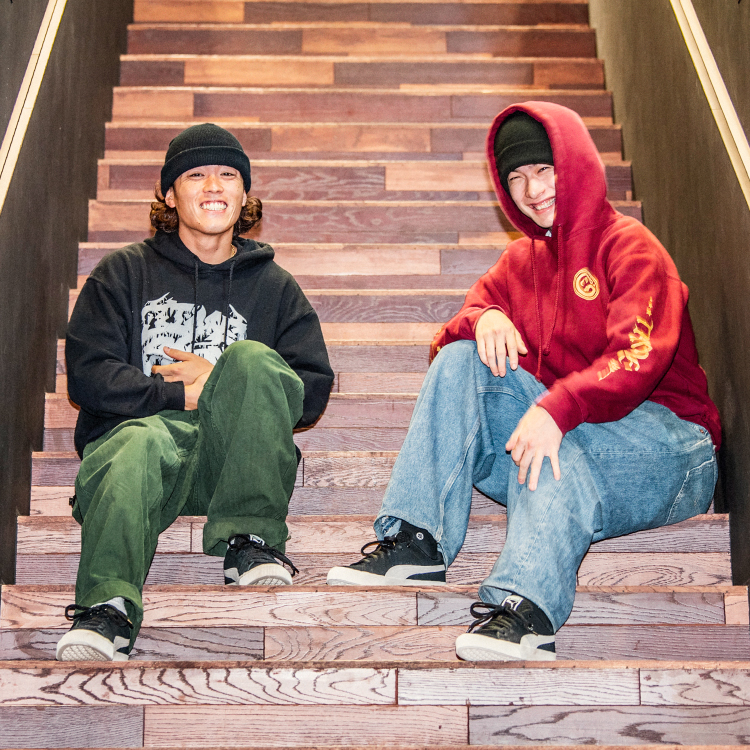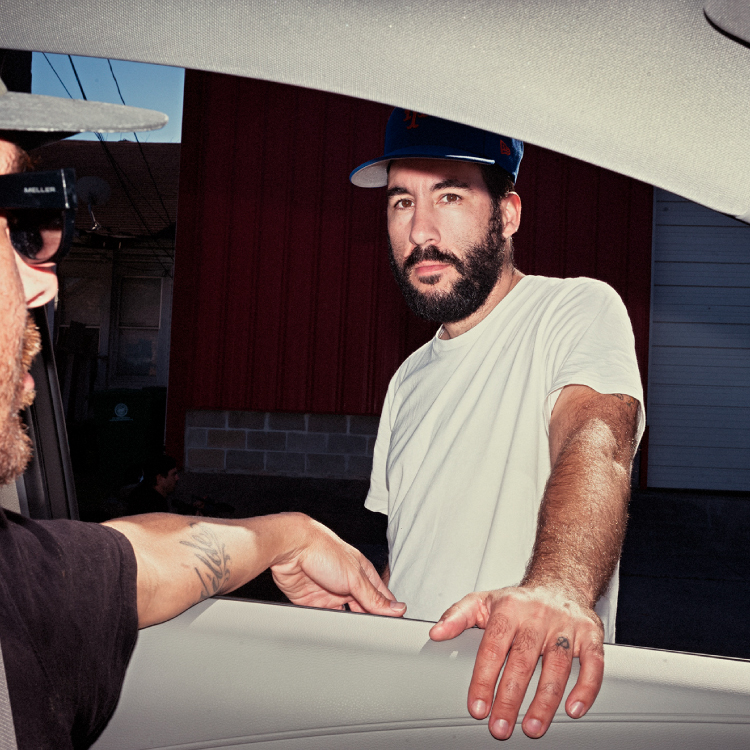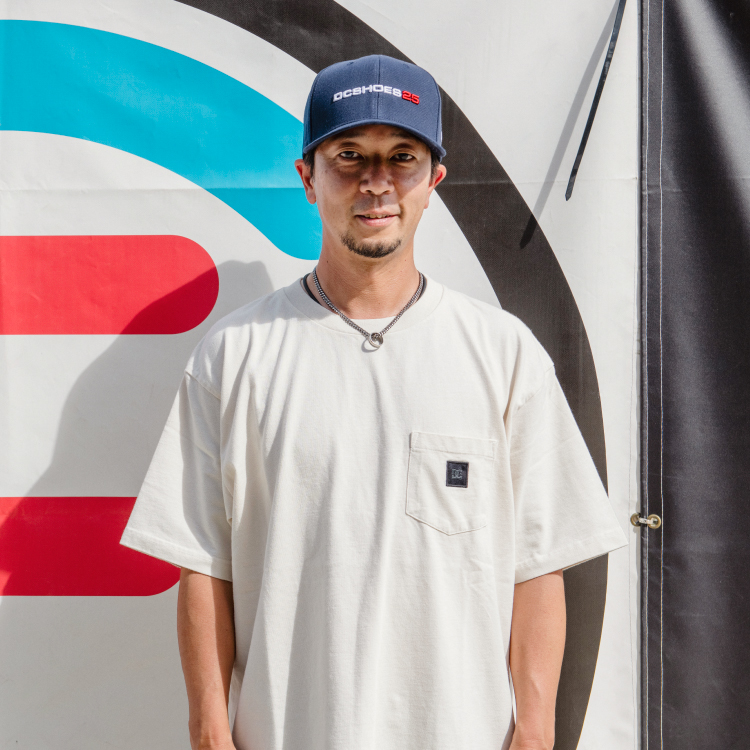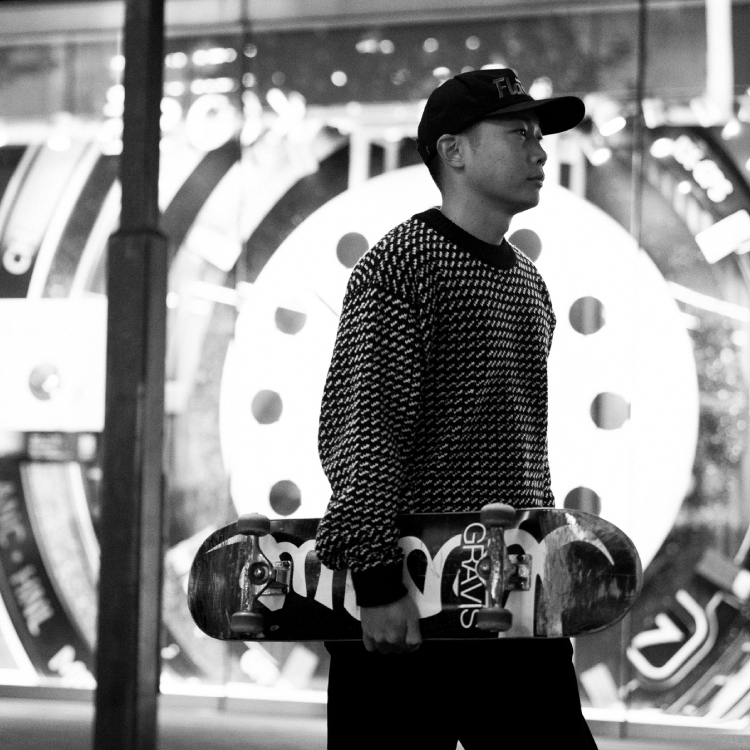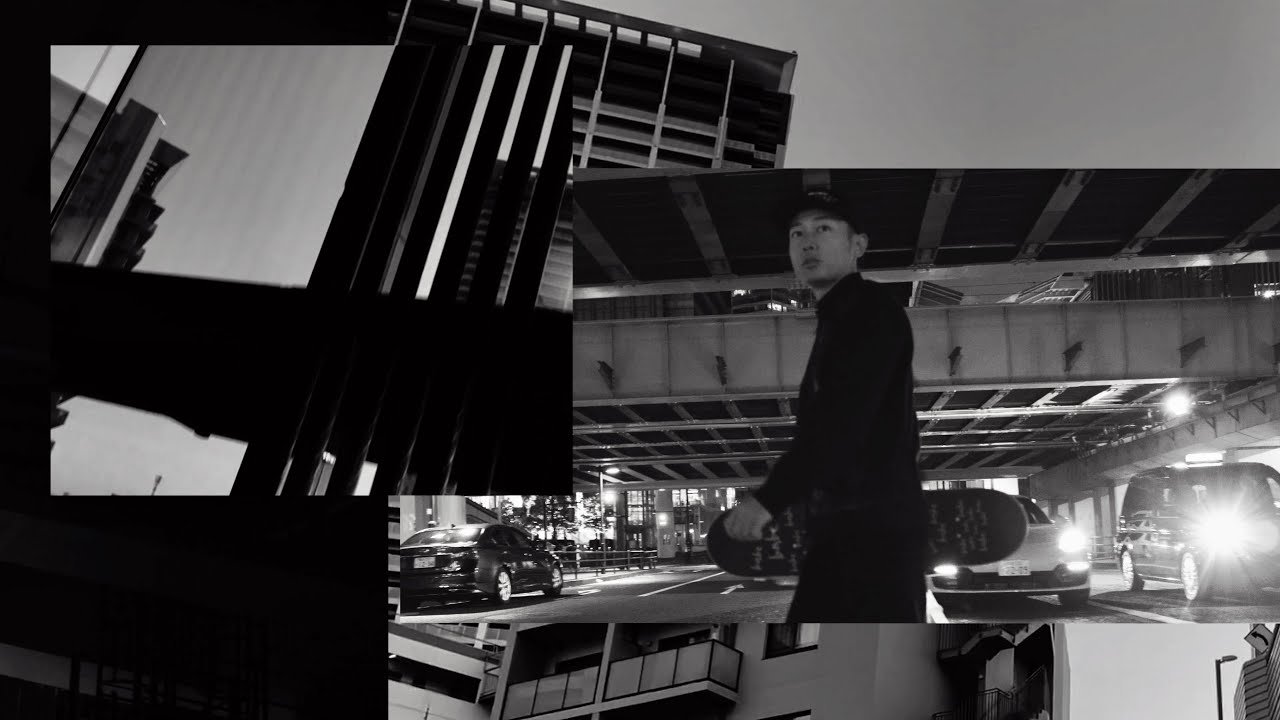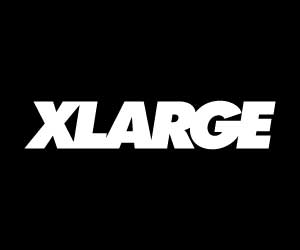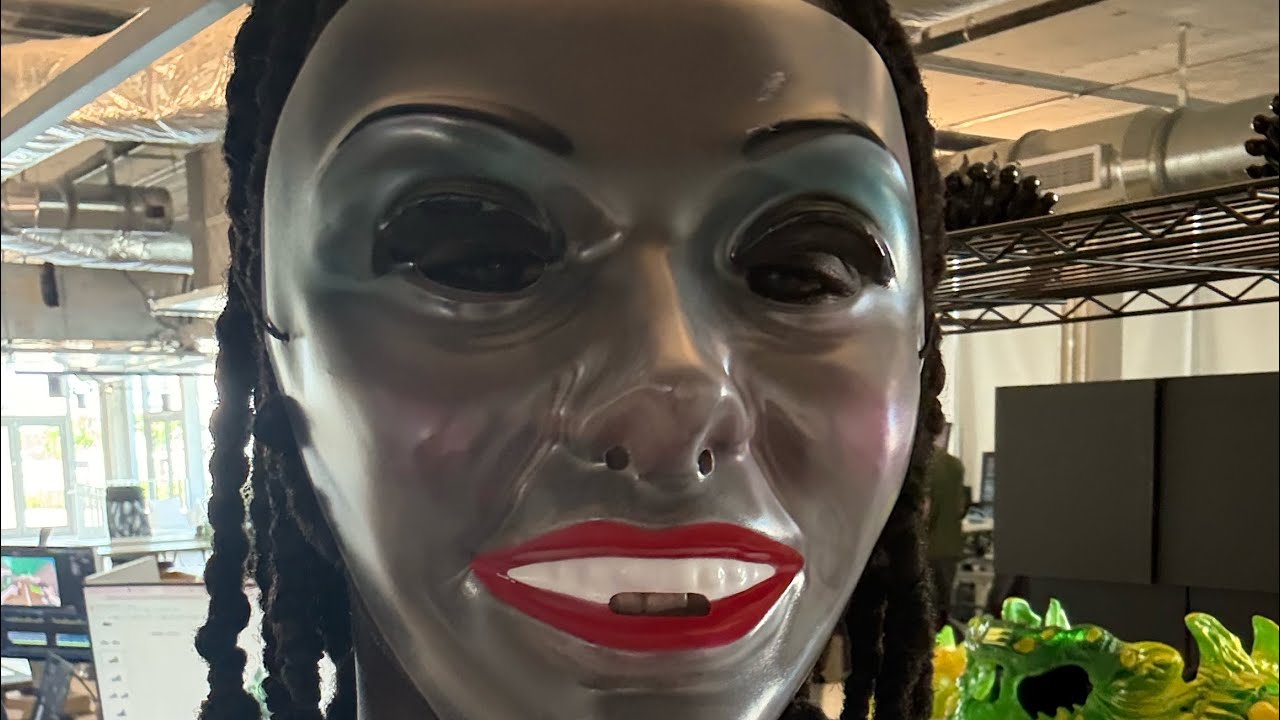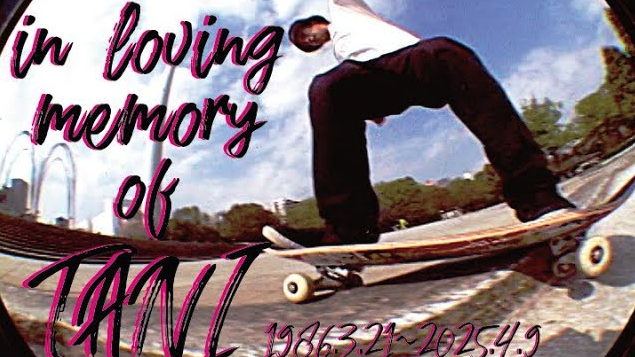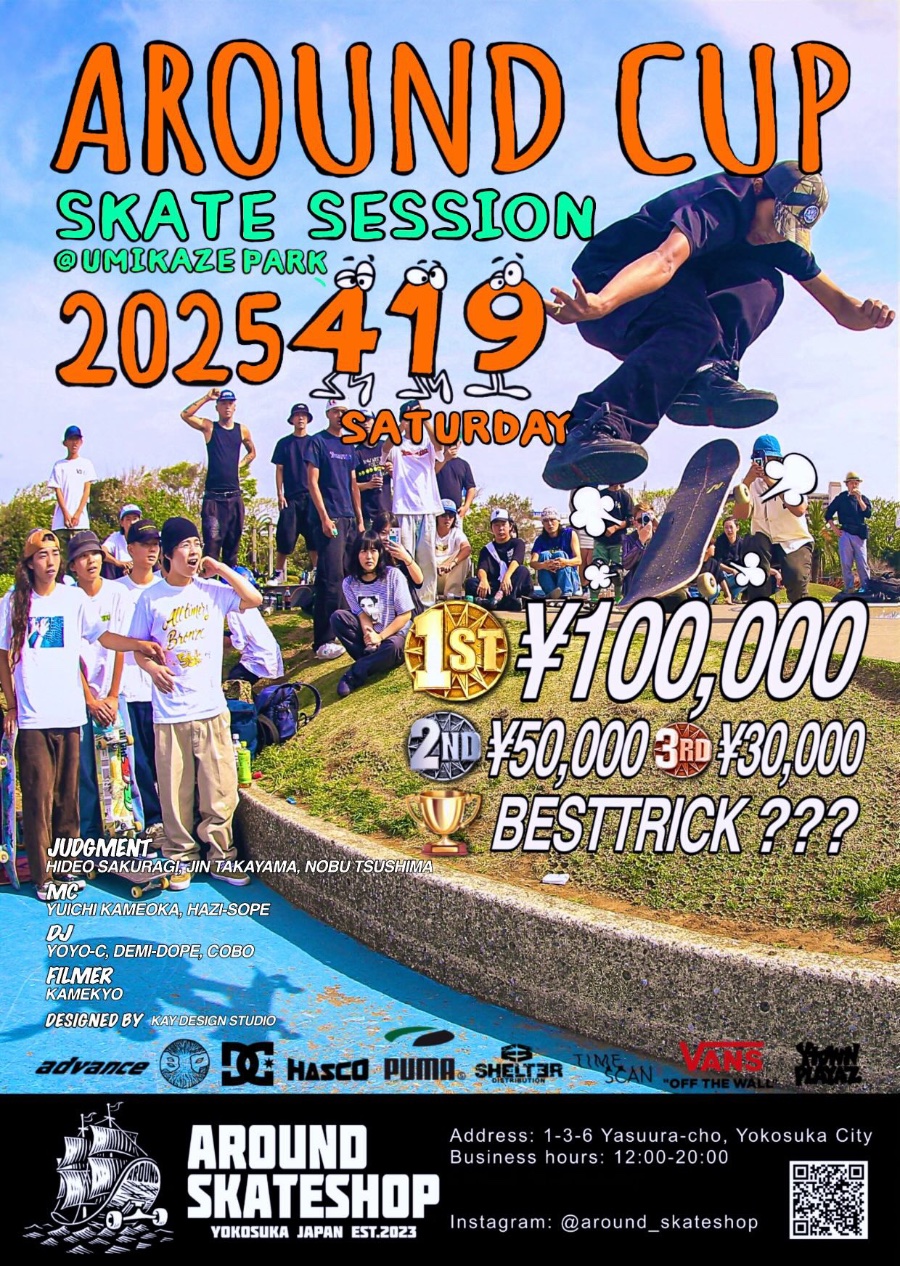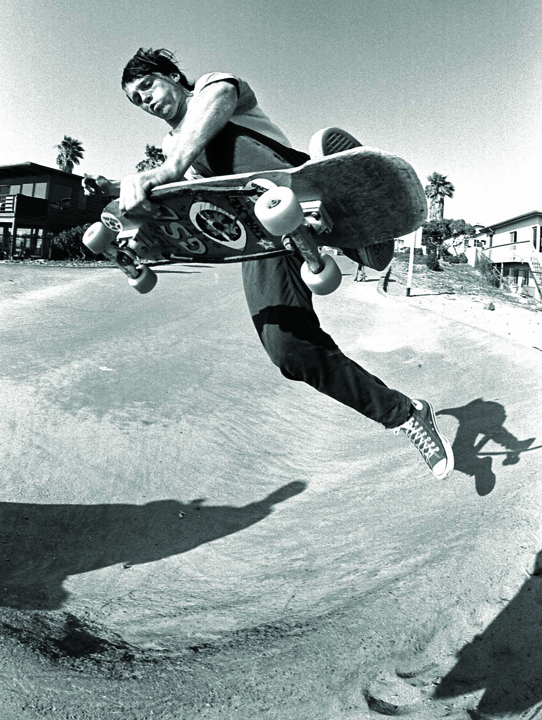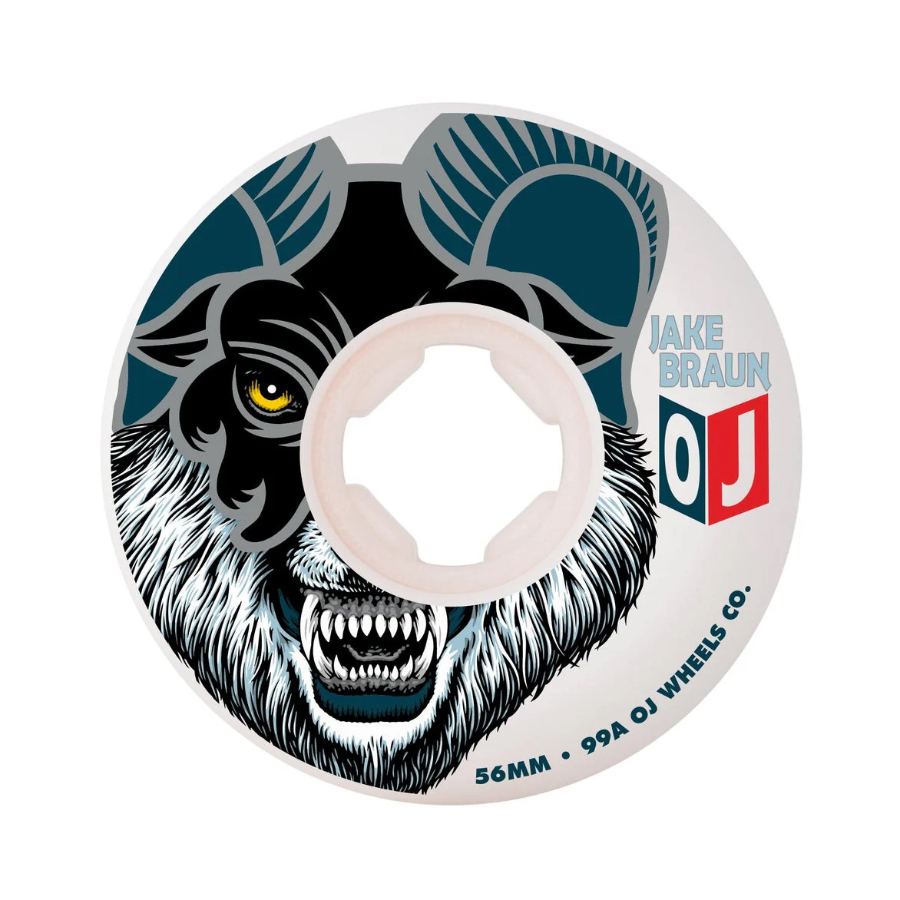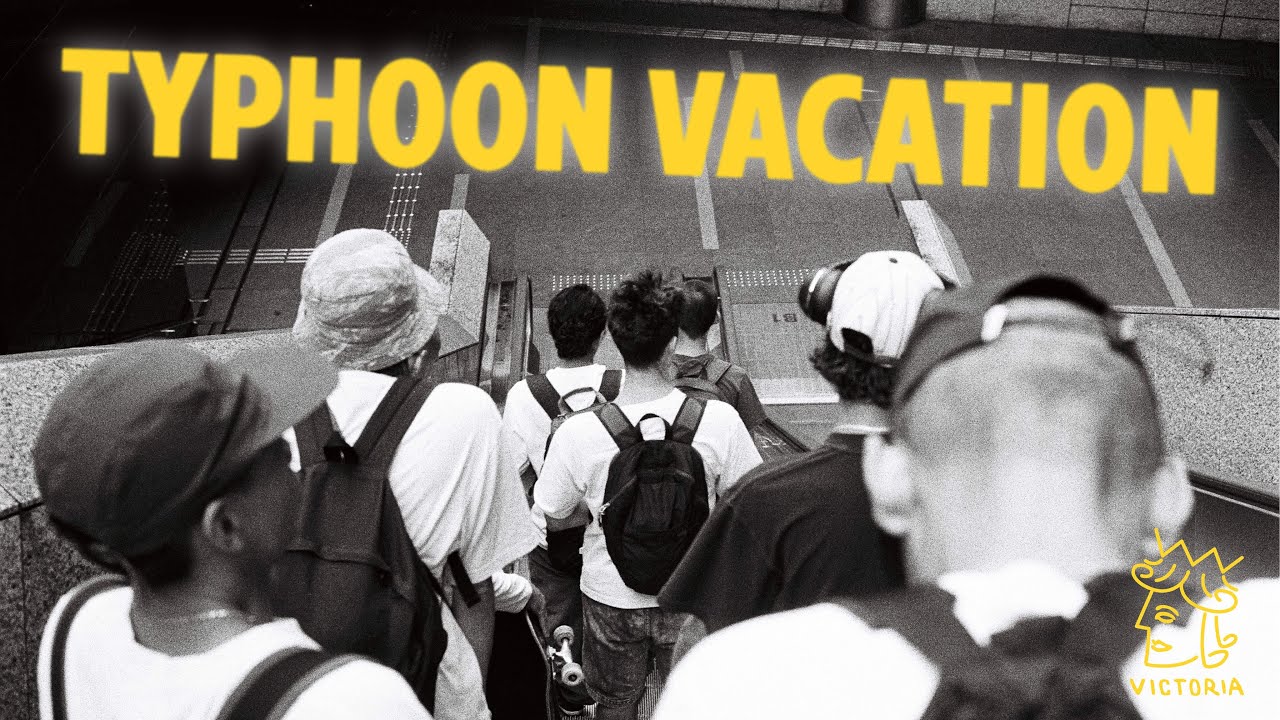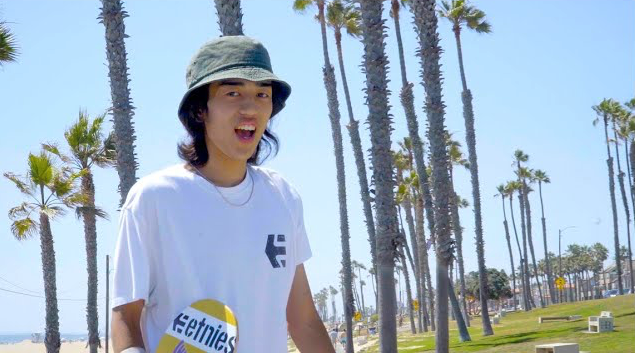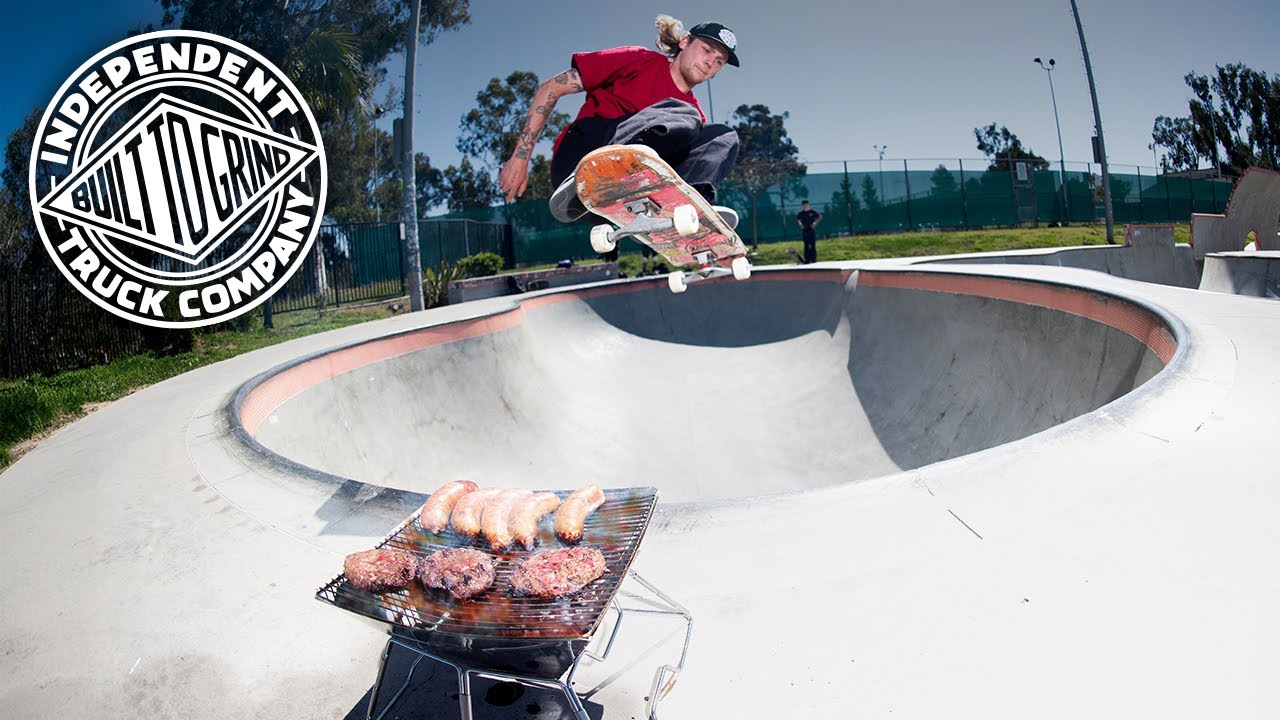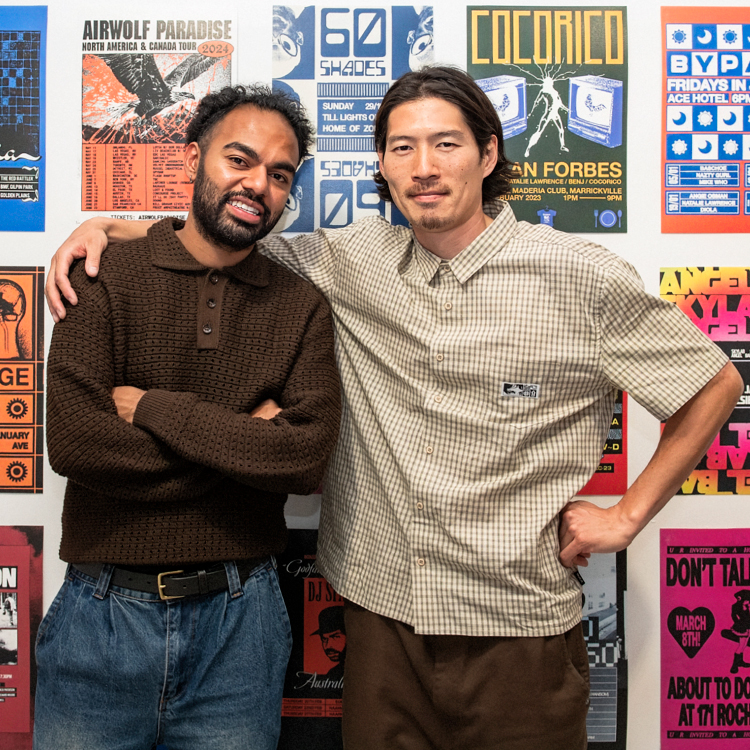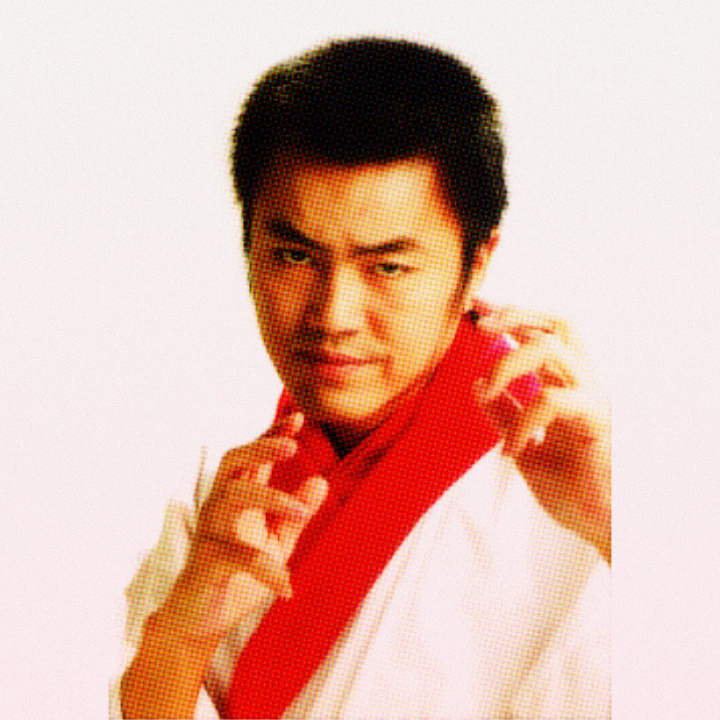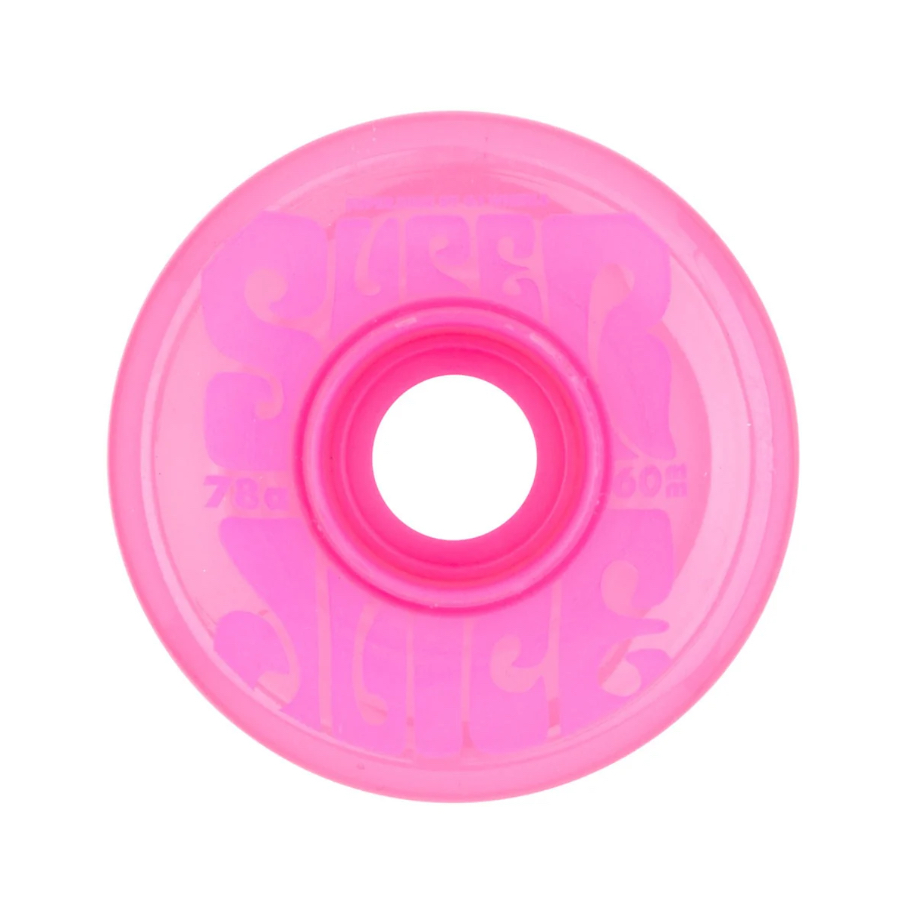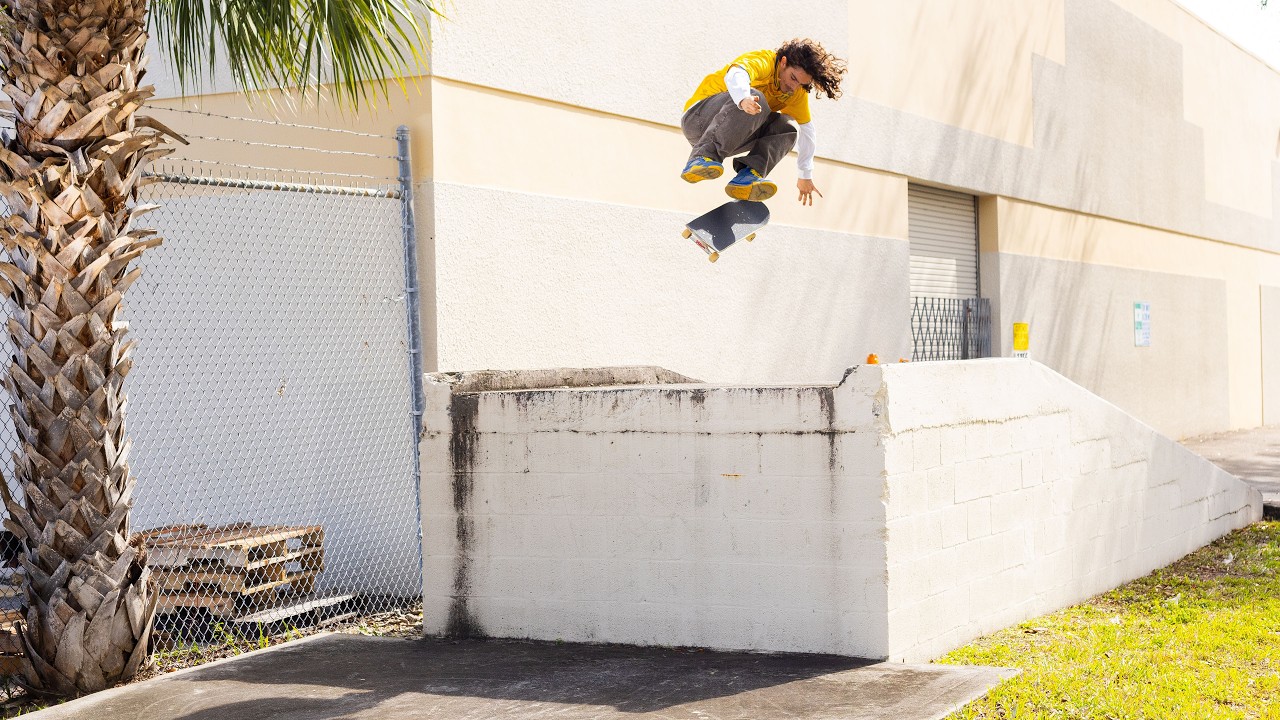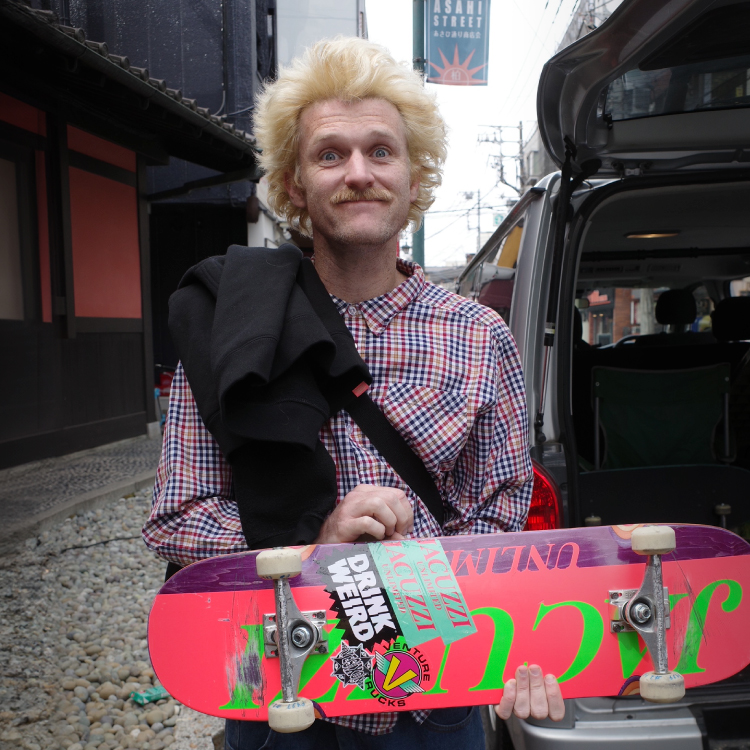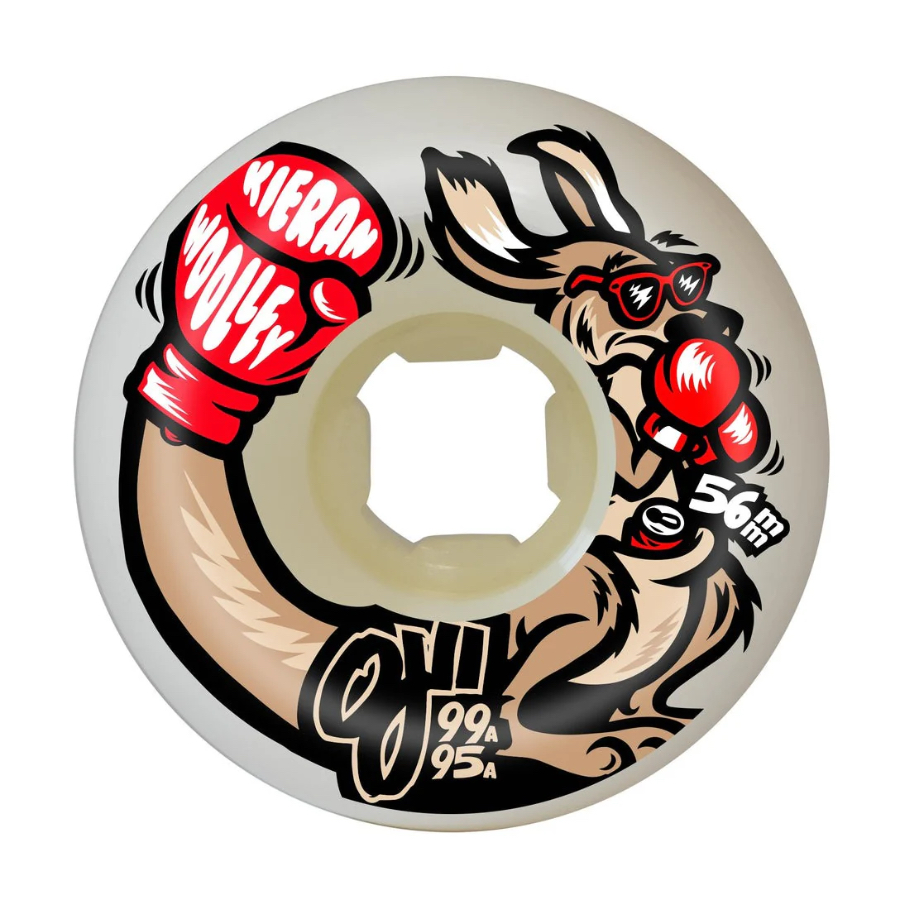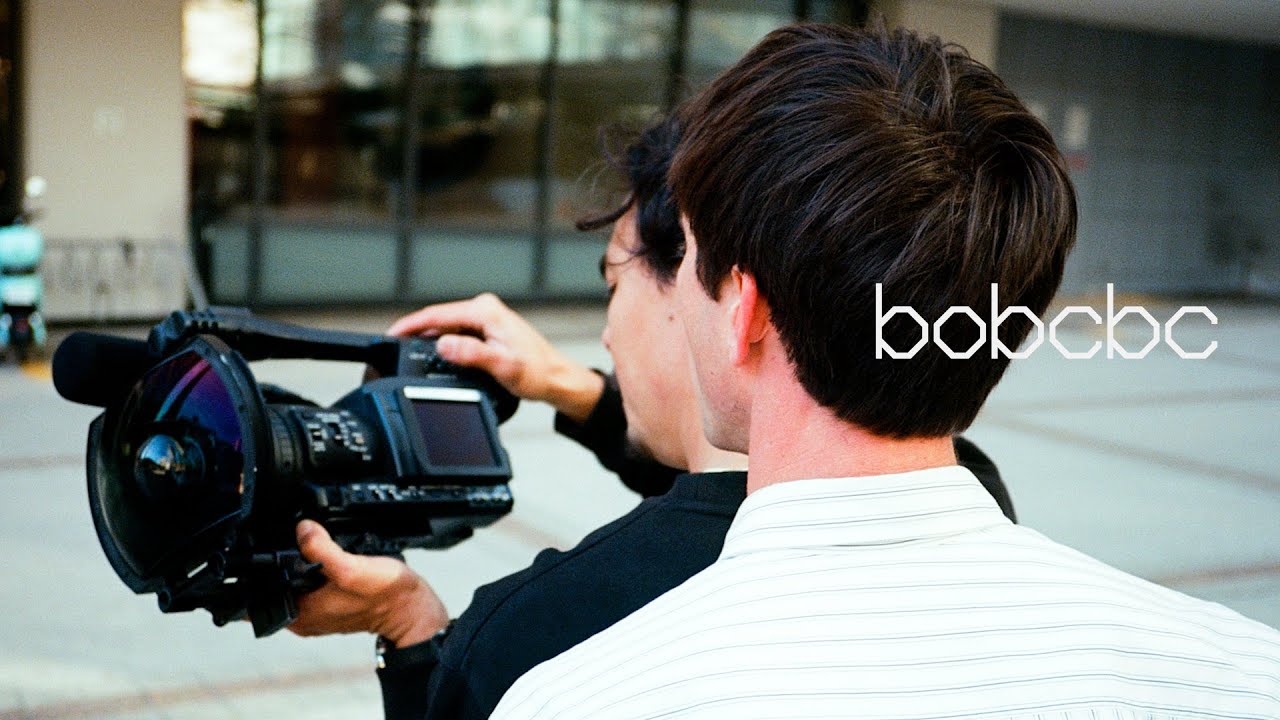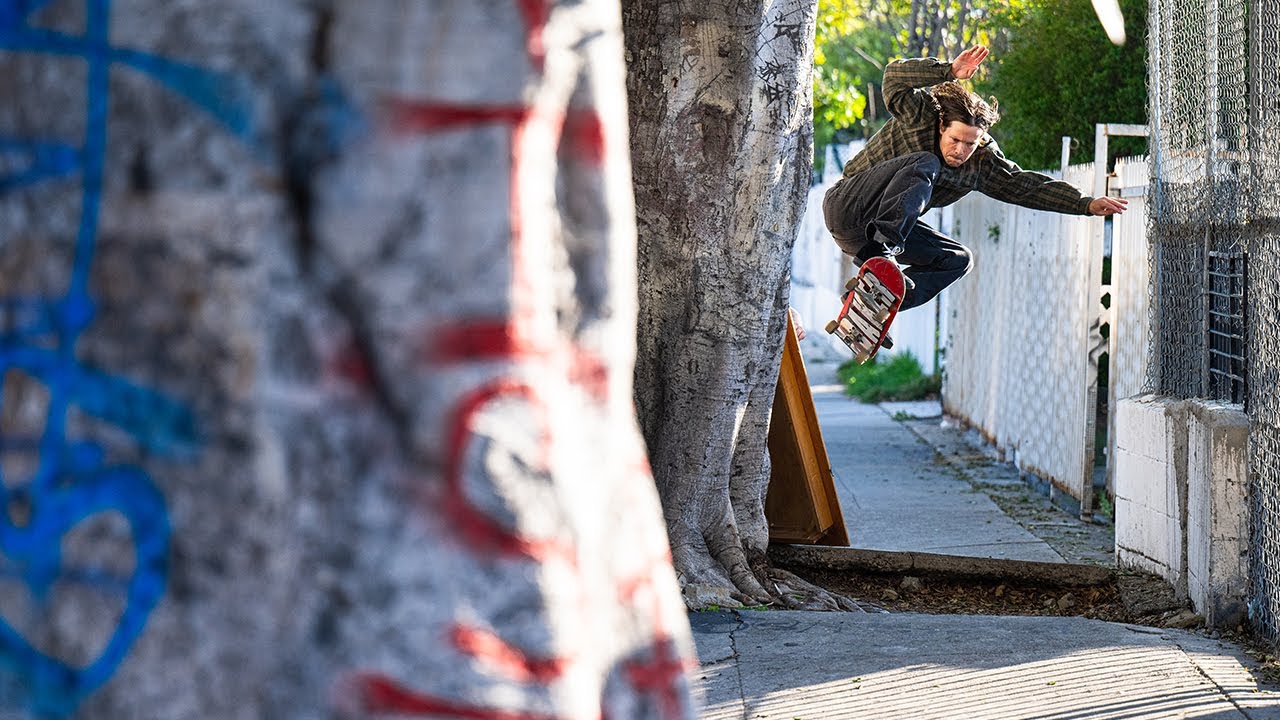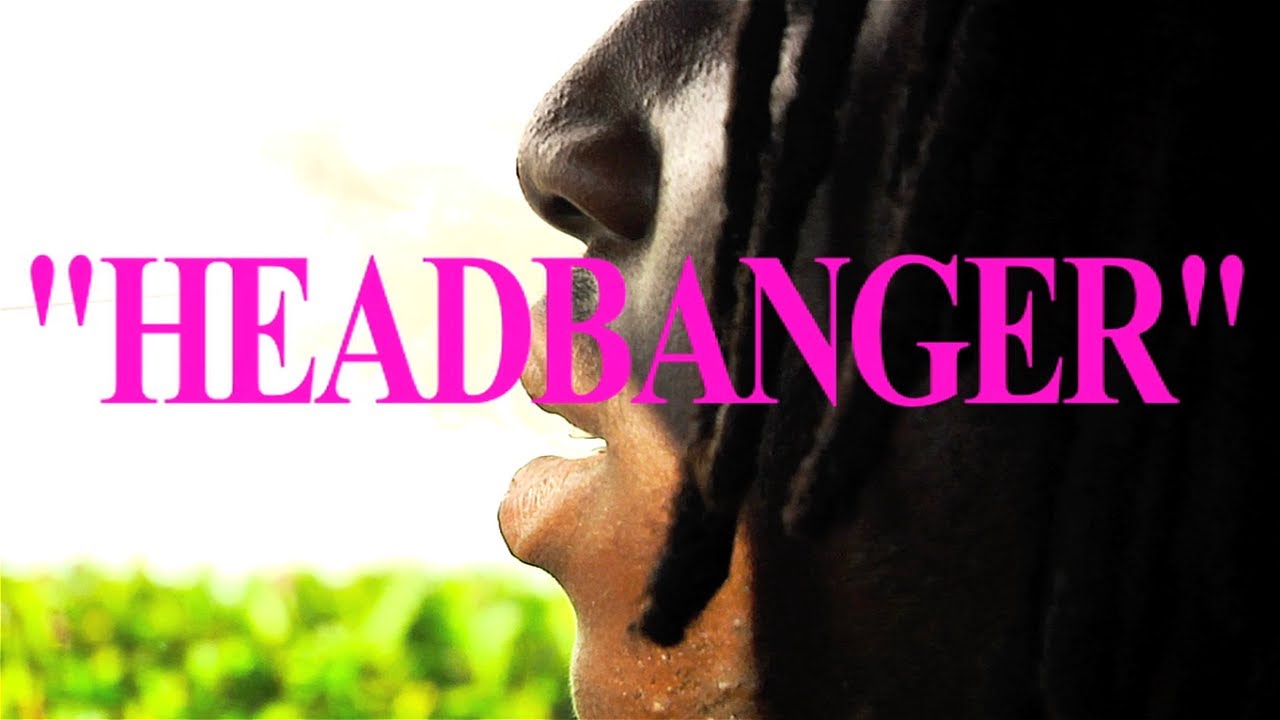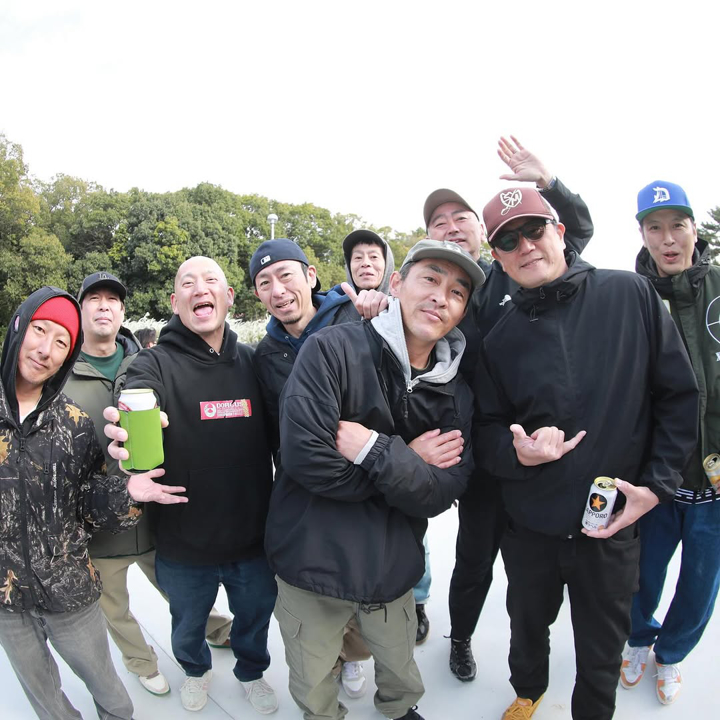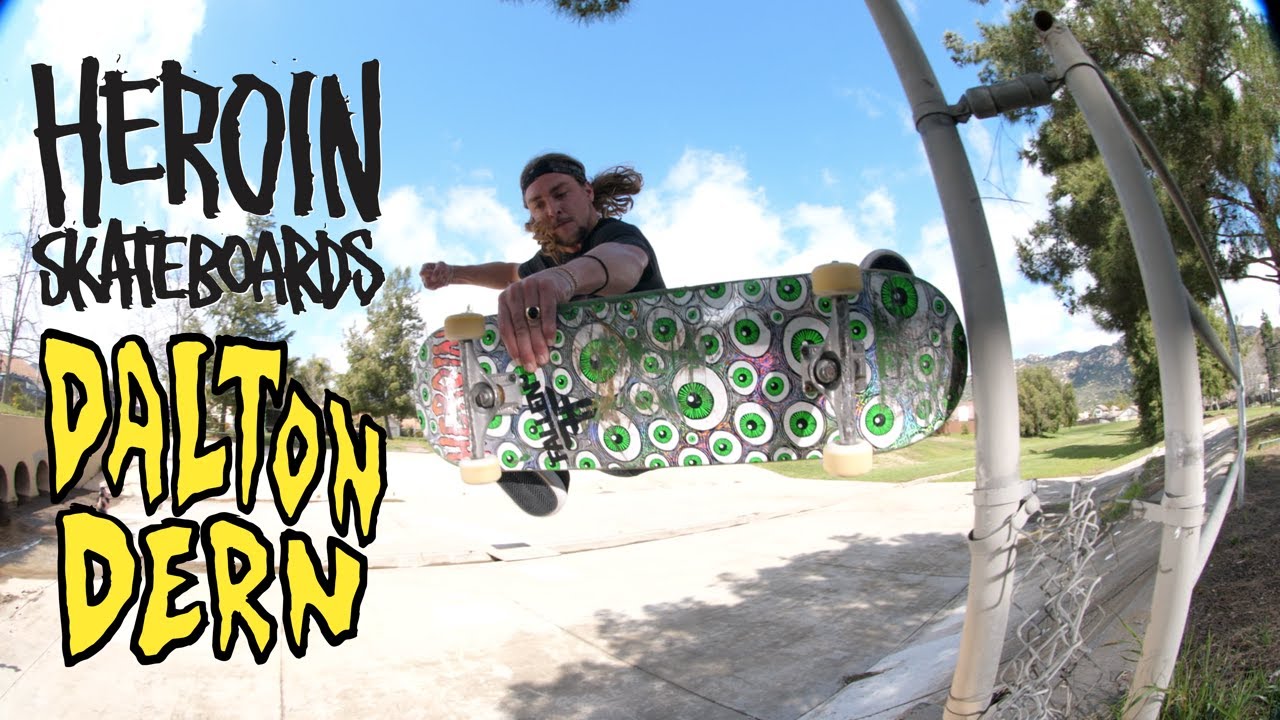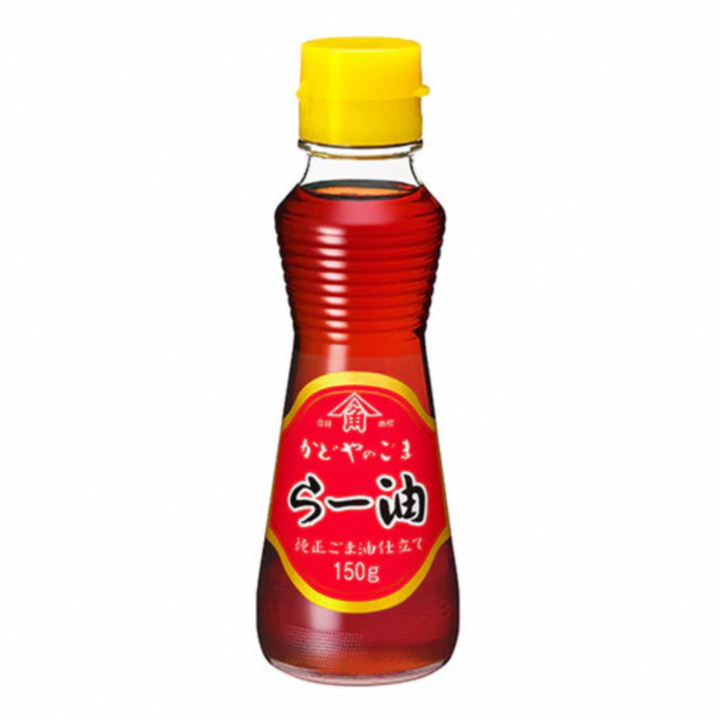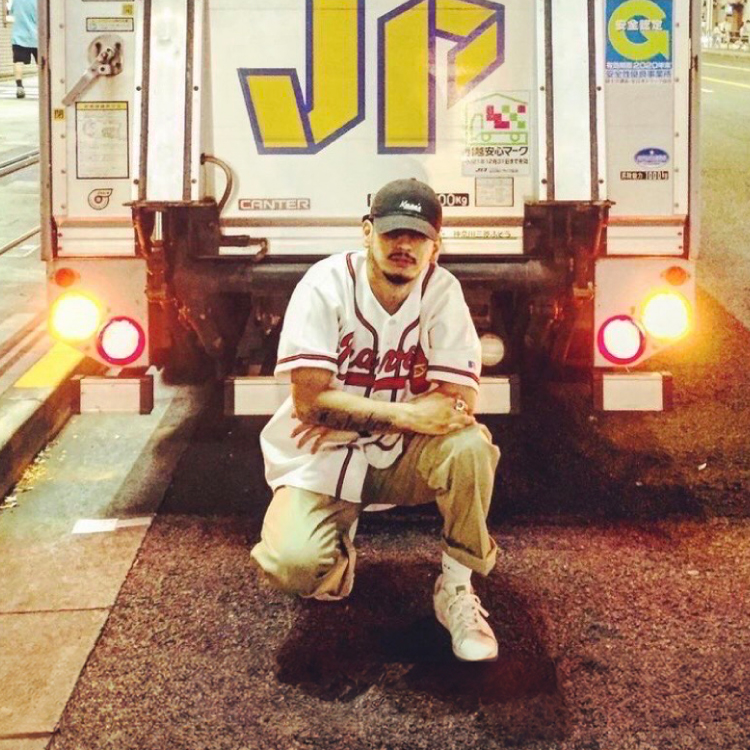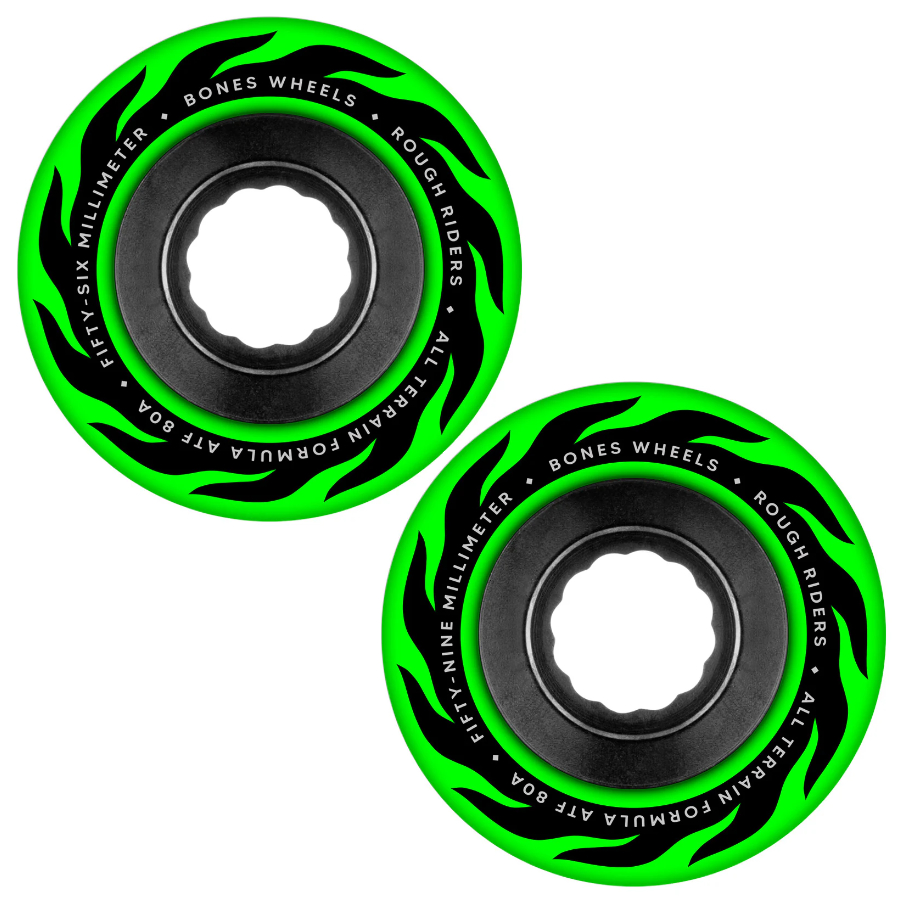GRAVIS’ skate program, which started in the late 2000s and regrettably folded in 2016, is back after seven years of silence. The brand image from that time is fused with new ideas. We spoke with Kenya Okuno, aka Okken, rider and team manager of the new GRAVIS SKATEBOARDING.
──KENYA OKUNO (ENGLISH)
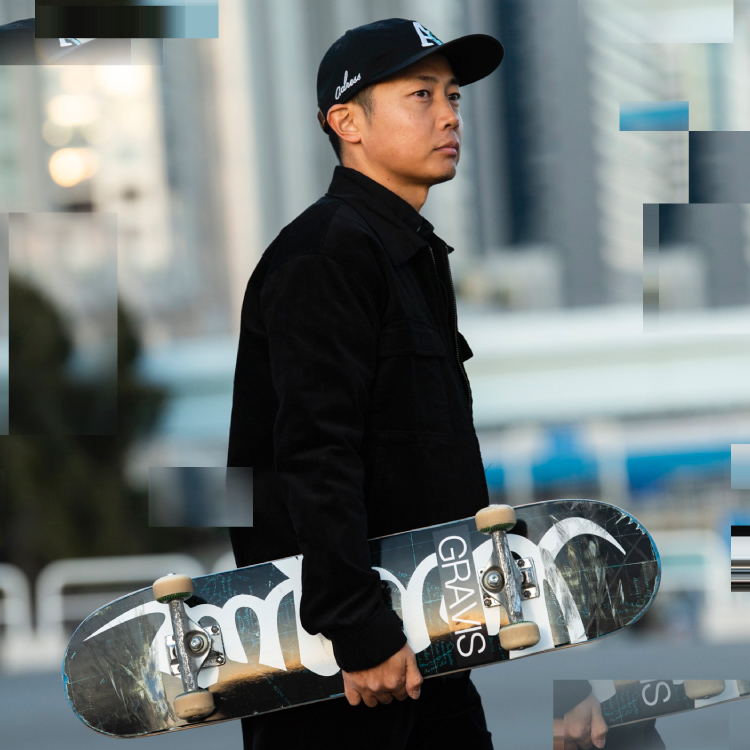
[ JAPANESE / ENGLISH ]
Photos_Iseki
Special thanks_ABC-MART
VHSMAG (V): First of all, how are you doing recently? Not only revamping starting GRAVIS, but you’ve been supporting the skate community. You’ve helped construct a skate park in Miyagi, right?
Kenya Okuno (O): That's right. At 33 years of age, I’m starting to feel my limits as a skater, so I was thinking about how I can contribute to the scene. And one of them was being the team manager of GRAVIS, and the other was designing skate parks and planning events within the reconstruction project. I’m thinking about how I can contribute to the community and connect with the skate industry.
V: So you wanted to contribute to the skating community.
O: That was strong. There were times when I was being sponsored and thought, "This is a bit strange..." I also wondered, "How can the Japanese skate scene continue like this?” I hope that my involvement in this project will help to bring about a positive direction for the future generations. I hope to make the most of my experience as a skater and give back to the community.
V: What made you decide to revive GRAVIS? You’re one of the OG members of the Japan team.
O: Yes. I always thought it was a shame to lose a skate team for a brand with such a fascinating history. It's not like I was the only one to revive the brand, but the timing was perfect: ABC-MART took over the license from Burton to sell the GRAVIS sneaker line, and they were talking about the need to focus on the culture side. We were about to make a move and when I made a presentation and they agreed. It was like a miracle happened in terms of timing.
V: What’s the best thing about GRAVIS?
O: I don't think there has ever been a shoe brand with such sophistication, not only in terms of shoes, but also in terms of riders, video works, and catalogs, even looking back now. Formality is also an appealing point, but it’s a brand that values style as well as skating. In this day and age, when the focus is on the sport aspect of skating, that kind of coolness is even more necessary, and since trends go around in cycles, I think the time has come for that kind of refined coolness to be sought after again.
V: What were some memorable events during your previous affiliation with GRAVIS? Dylan Rieder had visited Japan too.
O: Yeah, he was wild both at the park and hotel. Wild (laughs). I had just joined the Japan team, but I was happy to be able to join the tour at that time. Later, when the US GRAVIS folded and I was working with the Japan team, Shota Yamazaki and I went to LA for a photo shoot and had Ryan Allan (former GRAVIS photographer) take photos of us. Those experiences are great memories for me now. He hadn’t prepared at all, and the photos were so cool. I didn't realize how different the photographers were in the US and Japan.
V: How was the process of reviving GRAVIS? What do you think is important when working with people outside of the skate community?
O: We often start by trying to get them to understand the common sense of skaters and the scene, such as how skaters and brands get respect. It's more like getting them on the same page. I also began to realize that it would be better to make a presentation from our side, so I decided to start by creating explanatory materials, and then make proposals saying, "Here is the problem, and here is the solution.” I think just putting the skater's unique perspective into an easy-to-understand explanation makes all the difference. Skaters are very cool to begin with, and I think it’s important to take pride in that, and then explain how it’s easy to understand and how it will lead to a solution.
V: What’s your role at GRAVIS?
O: I wear many hats. I’m a team manager and rider. Some people call me a director because I work with them on product development, sales, and other things that I don't understand while getting advice.
V: Shake Junzi is also involved in the brand, right?
O: Yes. I knew from the beginning that I couldn’t do this by myself. I’m not good with art so that’s where he comes in. GRAVIS is based on the concept of skating, fashion, and lifestyle. The basic premise of GRAVIS is to build a skate team and film, but we also place great importance on fashion. Art is one thing, but I think Junzi is the right person because of his connections with high fashion brands. We also get along well, and it’s easy for us to work together.
V: So it’s a great dynamic.
O: Someone said to me, "You guys are like Shin Okada and Chopper (laughs)”. Junzi was like, "I’m Shin Okada, right?” No way, he’s Chopper for sure (Laughs). Well, that’s a joke, and the two of us work well together. Junzi is really serious at what he does, even though he doesn’t look so.
V: (laughs). Now tell us about your team.
O: Mana Sasaki was first, followed by Shogo Tanaka and Joshua Nishimiya. Including myself, we are a small elite team of four members. We may add amateurs in the future, but first of all, we want to raise the value of skaters. We decided to start with a small number of riders because we want to make sure that the riders who sign contracts are paid.
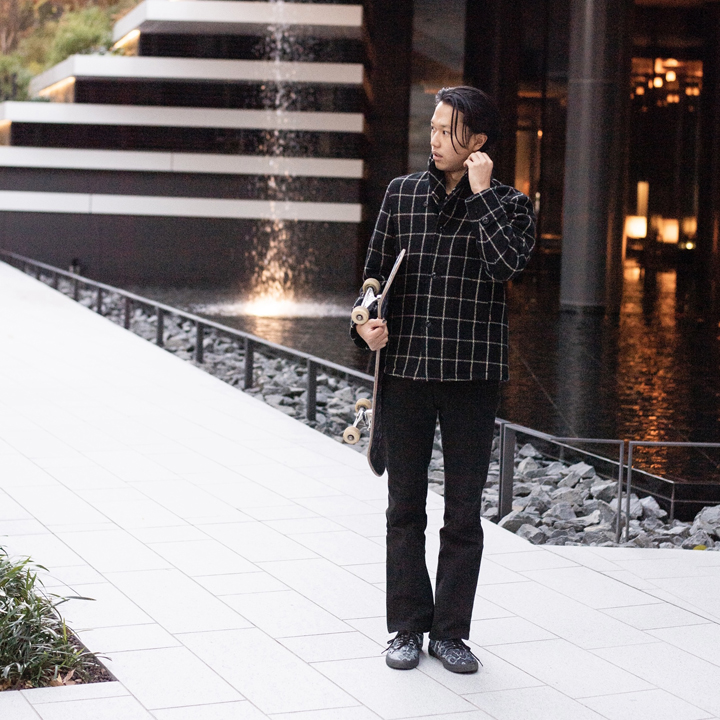
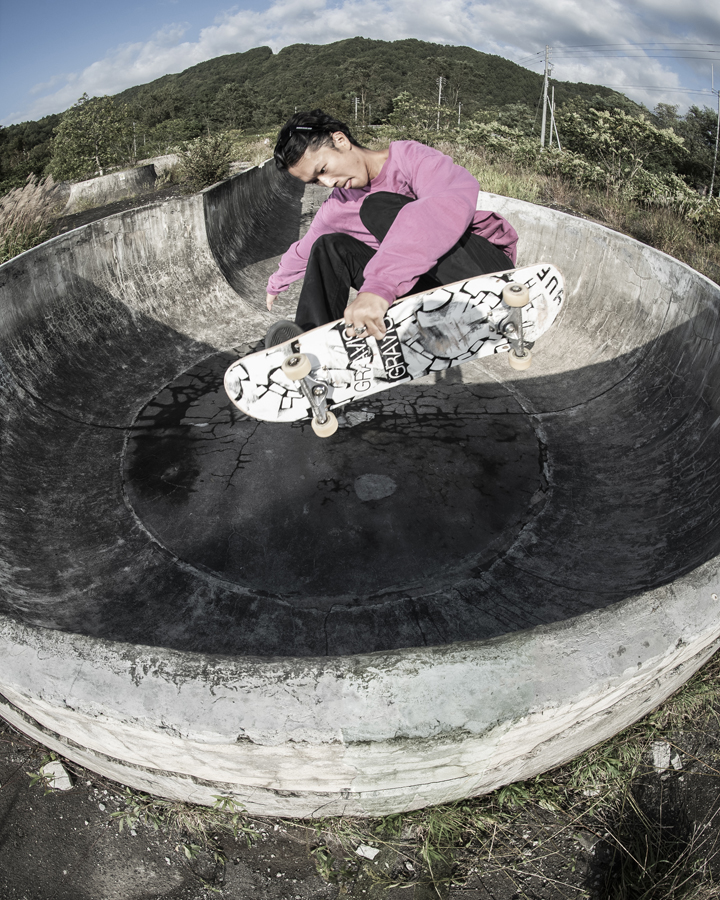
V: Everyone has their own color and the team is well-balanced.
O: Yes. I choose people who have style as well as skill. Mana Sasaki had got style, so I thought he could take on a Dylan-like role, and I was confident that he would look even cooler in GRAVIS. I contacted Shogo as an OG because he was originally on GRAVIS and I thought his style is still perfect for the brand. Joshua was a skater I had originally paid attention to. I think GRAVIS has a strong impression of Dylan, but I hope he can be an example that even baggy pants guys can look good in GRAVIS.
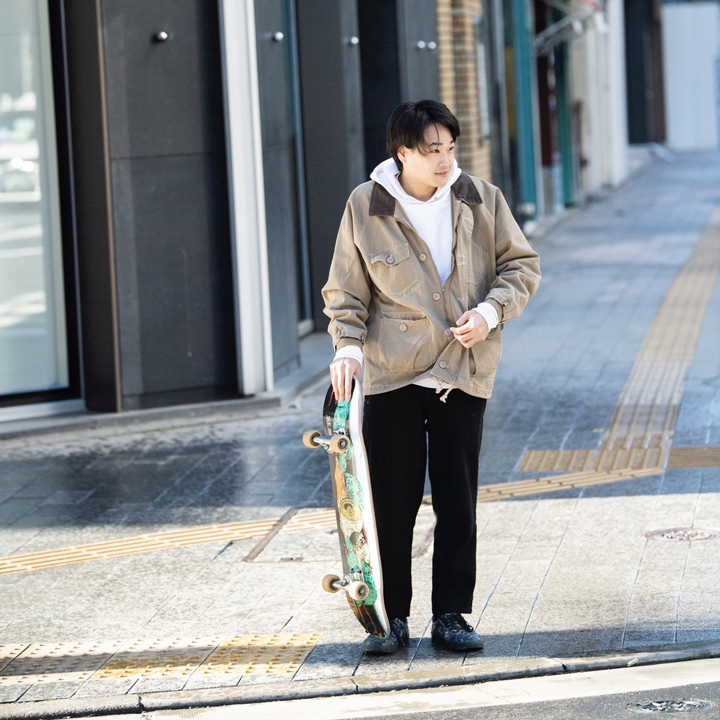
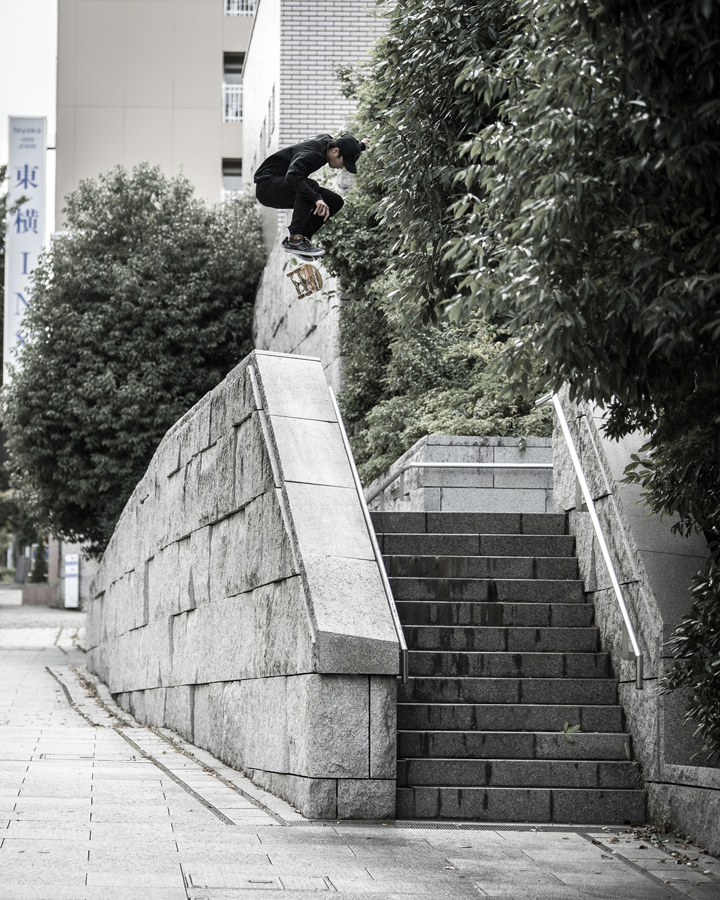
V: Pretty solid team, but what do you like about each rider?
O: They’re quite attractive skaters. Mana Sasaki is an all-rounder who can skate anything and he can make simple tricks look good with his long arms and legs. Shogo Tanaka skates more aggressively than you would expect from his appearance, and he motivates and leads the team by going into even the biggest spots without hesitation. Joshua Nishimiya has got a good pop. Since he’s also a model, he’s photogenic. I don't think there’s a shoe brand team as skilled and fashionable as the GRAVIS team.
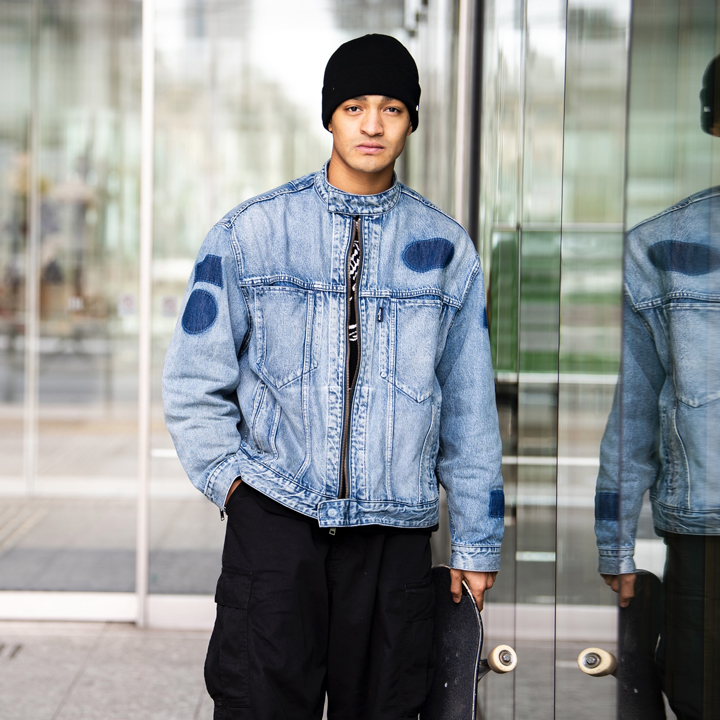
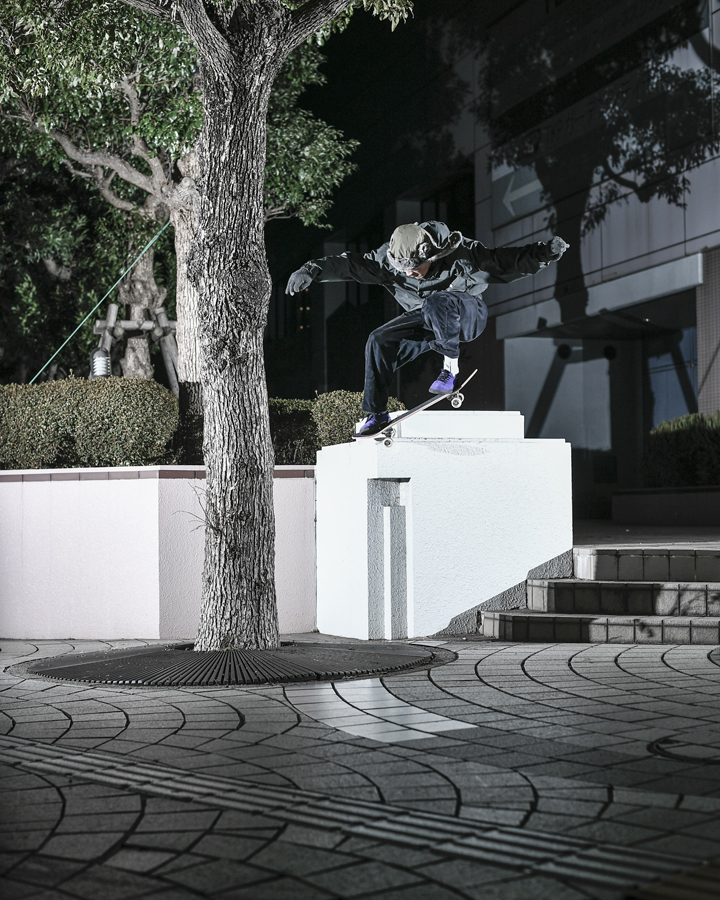
V: Which shoe will be released?
O: First of all, Filter will be revived. This is a reissue of a popular classic model. There were also signature models with names like Arto and Dylan back then, but we’re starting with the Filter. We’re also working on a Slip-On but not this time. We will be launching Filter in 5 colors.
V: Where do you plan to sell it?
O: We will first have them at skate shops, not sneaker stores or select stores.
V: You’re planning to release the video "BIJYU" to coincide with the launch, yes?
O: Yes. Nobuo Iseki took the photos, and Masanao Takeuchi, who can do CG editing and motion graphics, did the video. Although we came from different fields, we have been working together to raise the level of our skills. Recently, he’s become quite good at filming. We wanted to create a city-like image, so we mainly filmed in Tokyo. But filming in Tokyo is tough, so we filmed in the middle of the night or first thing in the morning. If it looked like we couldn't film in the city, we went to the countryside. We also went to Hokkaido. There’s also footage from my solo trips to LA and Taiwan.
V: You are reviving a brand in Japan that originally started overseas. What was the response like?
O: The response was quite strong. I felt that there are many deep-rooted fans who knew what it was originally like. We also received more contacts from overseas than we had expected. They asked us when and where we’re going to sell the product, and what model we’re going to sell. We also received calls from several countries asking to be our distributor (laughs). I asked them to let us handle worldwide shipping for the time being.
V: I'm sure you’re familiar with the appeal and value of GRAVIS since you were part of the brand, but do you feel any pressure in bringing it back?
O: Of course. It’s GRAVIS. There was a time when I announced that I quit all my sponsors to concentrate on my studies, but I was told from GRAVIS that they wanted to continue to support me. I had no intention of returning to skating, and I felt bad about my situation, so I declined. Then, due to various circumstances, the brand folded. I remember I was filled with sadness, wondering why such a cool and one-of-a-kind brand that had made such an impact on the skate industry had to disappear. I’m now involved in the rebuilding of GRAVIS, and I feel very rewarding and responsible. First of all, I want to firmly maintain the brand image of GRAVIS that everyone has, but just following the brand image is not interesting and has no meaning for us. We’re thinking in the direction of creating something new, something that we have created, while at the same time following the brand image that everyone else has. I was the only one who knew the original GRAVIS, and there were times when we had differences of opinion. For example, Junzi would suggest a clean, high-fashion direction, but I would say, "First, we should make something that looks like Analog.” I felt that he was going too far before following the brand image, so I would pull him back. I think the strength of this brand is that it has core fans. I would like to involve them first, and then move on to the next stage.
V: So what kind of brand do you want the new GRAVIS to be?
O: I would like to take the brand overseas once it has established a certain level of foundation in Japan, while also placing importance on high fashion as well as skating. I have been in contact with Mark Oblow, who used to be the team manager. I've told him that I'll try to bring it over there as soon as possible, but he says he doesn't want to see the original GRAVIS disappear. That's another thing that I feel pressure about (Laughs).
V: By the way, the brand logo is still the four dots, but it’s a little more vertical than the original design, right?
O: Yes. It means "following and beyond.” Since we’re restarting the project, it would be boring if the design was exactly the same, and if it was completely different, the image would change. The typeface of the logo was originally rounded, but I made it a little sharper, more stylish, and solid.
V: So you’re evolving while following the DNA of GRAVIS. Finally, what are your future plans?
O: We will have the premiere of "BIJYU" at SPACE ODD in Shibuya on Friday, April 21, along with the launch of the shoes. The shoes will go on sale at midnight on Friday, April 21, but the video will not be released until a little later. We hope you will be able to see the video at the event. We will be doing things that other skate shoe brands are not doing. For example, we will collaborate with high fashion brands and have them worn by people who are admired by others. I think GRAVIS can make it happen. I would like to have the riders participate in the meetings and learn about the behind-the-scenes work while continuing to skate. I’m hoping that riders have a place to work after their pro career is done. That’s another mission for me.
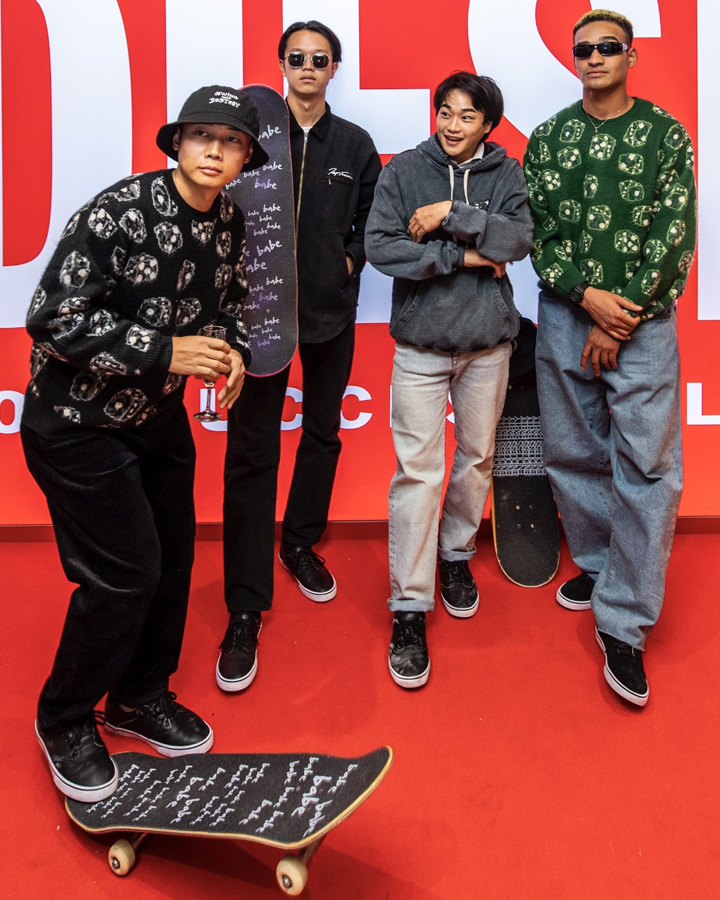
Kenya Okuno
@kenyask8 / @gravis_skateboarding
Born in 1989, in Tokyo, Japan. An OG member of the GRAVIS Japan team and currently a rider and team manager of the new GRAVIS. The team includes Mana Sasaki, Shogo Tanaka, and Joshua Nishimiya. Their 1st video "BIJYU" will be released soon.








